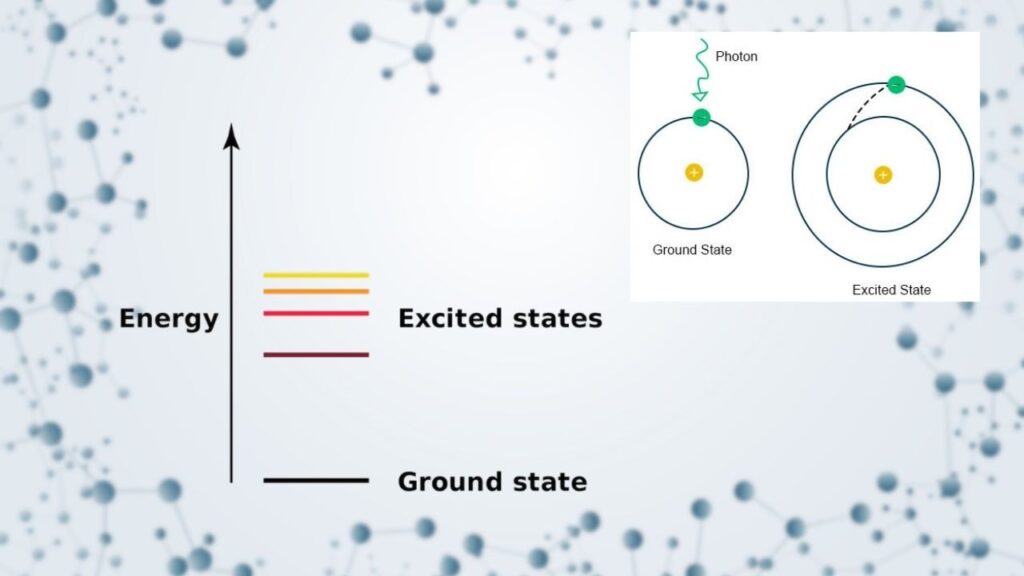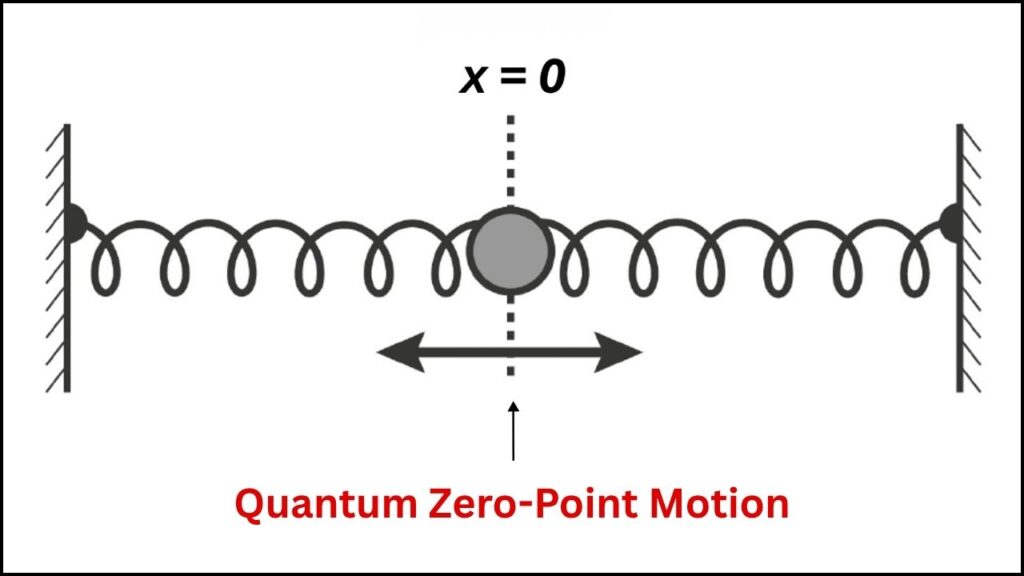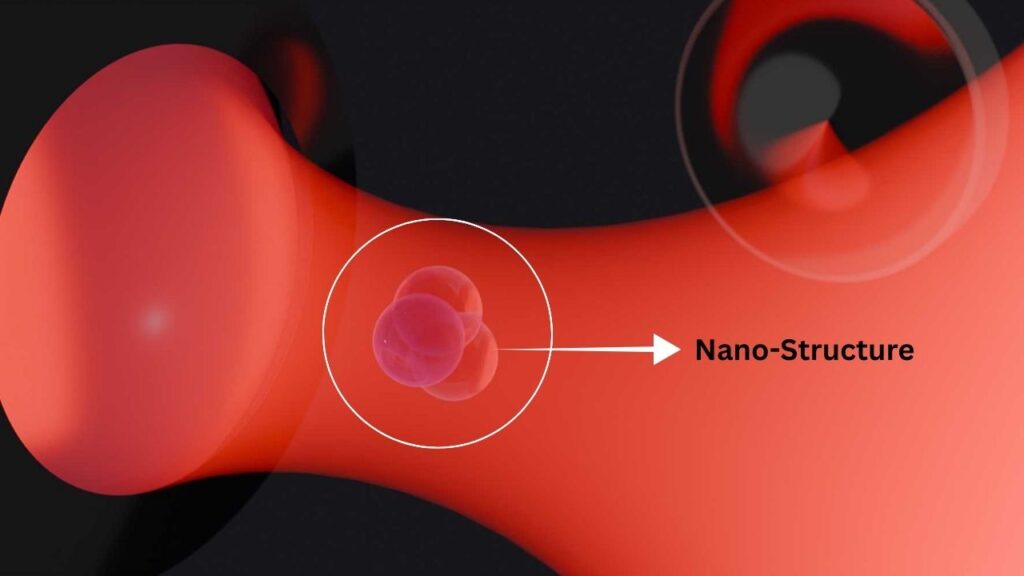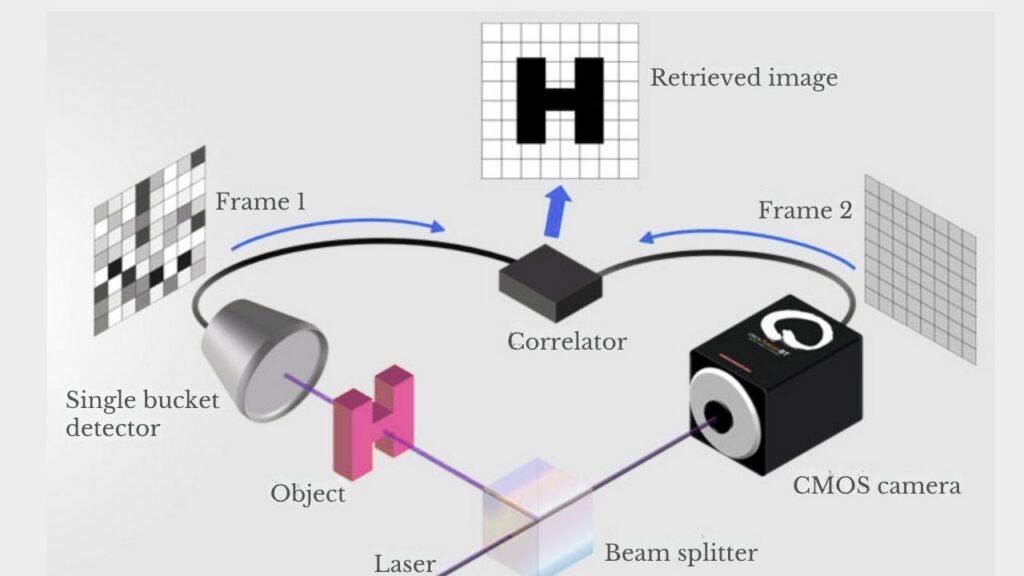Scientists at ETH Zurich have achieved a remarkable breakthrough by freezing the quantum motion of a nanoparticle’s rotational movement without cooling the entire object to near absolute zero. This new technique opens up exciting possibilities for quantum technologies to operate at room temperature, bypassing the need for bulky, expensive cryogenic equipment traditionally required to observe quantum effects.

Quantum mechanics usually requires systems to be cooled to extremely low temperatures—close to −273.15 °C (absolute zero)—to suppress classical thermal vibrations and reveal delicate quantum behaviors. However, ETH researchers levitated a tiny glass nanoparticle about 100 nanometers in size (roughly one-thousandth the width of a human hair) inside a vacuum chamber, where the particle itself remained hot at several hundred degrees Celsius. By using finely calibrated lasers and optical cavities, the team managed to isolate and drastically reduce the energy associated with the nanoparticle’s rotational motion, bringing it to its quantum ground state with 92% quantum purity and just 0.04 quanta of residual energy.

This achievement sets a new frontier in quantum optomechanics by demonstrating that even relatively large objects made of billions of atoms can exhibit stable quantum behavior without the necessity of deep cooling. It has profound implications for the development of practical quantum sensors, navigation devices, and other technologies that can work under everyday conditions instead of costly and complicated freezing environments.
Table of Contents
Scientists Freeze Quantum Motion Without Cooling
| Key Aspect | Details |
|---|---|
| Object Size | 100-nanometer glass nanoparticle cluster |
| Temperature of the Particle | Several hundred degrees Celsius, no cryogenic cooling |
| Quantum Purity | 92% quantum purity — quantum motion dominant over classical thermal vibrations |
| Quantum State Achieved | Rotational motion brought to quantum ground state with 0.04 quanta of energy |
| Methods Used | Optical levitation using lasers and optical cavities, vacuum isolation |
| Potential Applications | Quantum sensors, navigation, medicine, quantum information processing |
| Published In | Nature Physics |
| Official Website | ETH Zurich |
The ETH Zurich team’s pioneering work in freezing quantum rotational motion without the need for cryogenic cooling represents a monumental step for quantum science. By isolating and cooling just the rotational motion of a hot nanoparticle, they have set new records in quantum purity and opened possibilities for room-temperature quantum technologies that are simpler, more practical, and scalable. This innovation stands to revolutionize quantum sensing, computing, and fundamental research, bringing quantum mechanics out of cryogenic labs and into everyday environments.
Understanding the Breakthrough: What Is Quantum Motion Freezing?
To understand why this breakthrough is so significant, it helps to know a few basics about quantum mechanics and how it relates to temperature and motion.
Quantum Ground State and Thermal Motion
In quantum physics, matter doesn’t just move randomly like classical objects; instead, their motions are quantized—allowed only at certain discrete energy levels. The quantum ground state is the lowest possible energy state an object can have and still be in motion due to unavoidable inherent quantum fluctuations called zero-point motion.

Usually, to observe this pure quantum state in larger objects, scientists need to cool the objects down to near absolute zero temperatures. Cooling suppresses thermal vibrations, which normally drown out the subtle quantum behavior in everyday warm environments.
Why Traditional Cooling Is Limiting
Cryogenic cooling setups are:
- Expensive to build and operate.
- Large and energy-intensive.
- Complex to maintain stable quantum states in practical devices outside laboratories.
This has limited the real-world use of quantum effects to carefully controlled research settings.
How ETH Zurich Achieved Quantum Freezing at Room Temperature
The ETH Zurich researchers ingeniously separated the rotational motion of the nanoparticle from its overall thermal energy, allowing them to selectively reduce the energy of this motion to near the quantum ground state, without cooling the entire particle.

Experimental Setup
- Nanoparticle Design
The team used a slightly elliptical glass nanoparticle cluster composed of three nanospheres stuck together. This asymmetry enables the particle to rotate when held by electromagnetic fields. - Optical Levitation and Vacuum
The nanoparticle was trapped in a vacuum chamber using laser beams acting as optical tweezers. The vacuum environment eliminated air friction and other disturbances. - Laser-Based Cooling of Rotation
By fine-tuning the lasers and mirror setups forming an optical cavity, the researchers extracted energy specifically from the particle’s rotational motion. The laser either added or removed energy probabilistically, but configurations favored energy extraction, bringing rotation close to zero-point motion. - Thermal Decoupling
Importantly, while the rotation froze at quantum levels, the internal temperature of the nanoparticle itself remained high—several hundred degrees Celsius. This decoupling of rotational quantum motion from bulk thermal energy was key and technically challenging. - High Precision Measurement
The team handled quantum noise from the lasers with advanced theoretical and practical techniques to maintain measurement sensitivity and control energy exchange, achieving an unprecedented 92% quantum purity in rotational motion.
Practical Implications and Future Prospects
Achieving quantum control of a large object like a nanoparticle at room temperature opens many doors for science and technology:
- Quantum Sensors: Devices measuring extremely subtle forces or fields could be used in navigation systems (GPS alternatives), medicine (precise imaging), or environmental monitoring.

- Quantum Computing and Communication: Room-temperature components reduce system complexity, cost, and size, making quantum technologies more accessible.
- Fundamental Physics Research: Studying quantum mechanics in larger, warmer systems tests the limits of quantum theory and helps bridge classical and quantum worlds.
- Commercial Viability: Miniaturization and ambient temperature operation lower barriers for industry adoption.
Dr. Jayadev Vijayan from The University of Manchester, part of the collaborative research with ETH Zurich, has called this work a critical stepping stone toward controlling larger quantum systems, which is essential for many future quantum technologies.
Detailed Guide: Steps to Achieve Quantum Motion Freezing
For professionals or enthusiasts aiming to grasp or replicate this process, here’s how the experimental approach breaks down:
Step 1: Choose and Prepare the Nanoparticle
Select a non-spherical, nano-sized cluster that supports rotational motion when trapped. Its geometry should break symmetry to create measurable rotational degrees of freedom.
Step 2: Create Ultra-High Vacuum Environment
Place the particle in a vacuum chamber to remove air molecules and reduce external interference.
Step 3: Use Laser Optical Tweezers for Levitation
Levitating the particle requires carefully balanced laser beams that can hold it stably without physical contact, minimizing environmental disturbance.
Step 4: Set Up Optical Cavities and Mirrors
Design lasers and mirrors to form an optical cavity that can modulate light-particle interaction, enabling energy exchange controlled at the quantum level.
Step 5: Implement Optomechanical Feedback Cooling
Apply feedback control using the laser’s light intensity and phase to preferentially extract energy from the particle’s rotational motion, reducing its quantum state occupancy.
Step 6: Account for and Mitigate Quantum Noise
Understand and manage laser shot noise and quantum backaction that could otherwise blur precise control and measurements.
Step 7: Monitor Quantum Purity and Energy Levels
Use sensitive detectors and quantum measurement protocols to confirm the rotational motion’s quantum ground state and high quantum purity.
Special Diamond Could Unlock the World’s First Fully Open-Source Quantum Sensor
Quantum Mystery Cracked After 60 Years — Scientists Discover Unexpected ‘Backdoor’
Scientists Capture Quantum ‘Eternal Dance’ of Molecules for the First Time Ever
FAQs About Scientists Freeze Quantum Motion Without Cooling
Q1: What is quantum purity in this context?
A1: Quantum purity measures how purely an object’s motion follows quantum mechanical behavior versus classical thermal noise. Here, 92% quantum purity means the rotational motion is dominated by quantum effects, with minimal classical interference.
Q2: Why is freezing rotational motion important?
A2: Rotational motion is a distinct degree of freedom that carries quantum information. Controlling it enables new ways of manipulating and measuring quantum states in mesoscopic particles.
Q3: Can this technique be used with larger objects?
A3: The current experiment achieved control over nanoparticles with billions of atoms, which is already significantly larger than typical quantum experiments. Scaling up further is a research goal.
Q4: Does the nanoparticle actually become cold?
A4: No, the nanoparticle’s internal temperature remains high; only its rotational motion is cooled to the quantum ground state. This decoupling is a key novelty.
Q5: What are the potential applications of this research?
A5: Applications include quantum sensors for navigation, precision measurements in medicine and physics, and progress toward practical quantum technologies operable at room temperature.



















